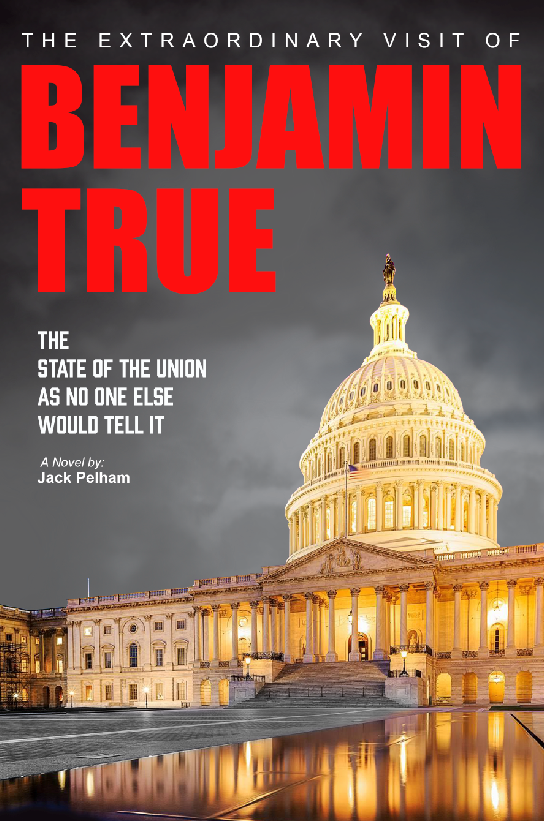I have coined the term Sole Reform Fallacy (or Sole Remedy Fallacy) to name a cognitive error I have seen frequently in play with regard to politics and religion. Here is its definition.
Sole Reform Fallacy—the error of judgment by which a proposed act of reform that is both needful and useful is shunned because it alone will not solve the entirety of what is perceived to be wrong.
Here are three examples of this cognitive error in play.
- Sue suggests that the office is too dark and that changing the bulbs to a higher wattage would fix the problem. Betty Lou nips it in the bud with this response: “Yeah, but the light fixtures won’t handle a higher wattage bulb.” Why didn’t Betty Lou think: “Yes, you’re right. And we also need to get new light fixtures because these old ones won’t handle a higher wattage bulb.”?
- Ted suggests that the Constitution is weakly designed in some particular regard and that it would be useful if it were amended accordingly. Billy shuns the idea outright, however, by way of this reasoning: “Why should we expect that a new amendment will help when the government does not honor the amendments that were passed over 200 years ago?” Thus does Billy shut down one necessary step in reform, revealing a certain bias in judgment. Why doesn’t Billy think this way instead?: “OK, if we’re going to try an amendment, won’t we also need to find a way to get the government to be obedient to the Constitution and its amendments in general?”
- Tom suggests that the church’s teaching on the weekly contribution is doctrinally flawed and ought to be revised. Lurlene immediately objects: “You can’t change that because so many people here are stuck in their traditional views of the way it should work.” Why didn’t Lurlene say: “Gee, Tom, you’re right about that, and it serves to highlight the fact that we also need to find a way to help the congregation to overcome its tradition bias.”?
Several similar biases and cognitive errors are in play here. Among them are these:
- Cognitive Miserliness. A laziness in thinking habits that keeps Type 2 cognitive processes from cranking up to solve problems that intuition can’t solve alone.
- Focal Bias or WYSIATI. Focal bias occurs when someone is too focused on a single element to make good judgments in a case where multiple elements should properly be concerned. WYSIATI is an acronym for What You See Is All There Is. In these examples, the error is made in assuming that the proposed solutions are all the solutions that ought to be under consideration.
- Negativity Bias. In each case, the respondent is looking for a way to validate a continual dysfunctional system and doesn’t even seem to notice that this is patently negative.
- Need for Convenient Coherence. The cognitive miser wants things to be coherent—to “make sense”. The shorter the explanation, the better. The tidier the package, the better. So when a proposed reform is under consideration, one of the tidiest possible outcomes is simply to reject it summarily. It doesn’t matter if the rejection is foolish, shortsighted, illogical, or contrary to fact; what matters is that the idea is quickly put to rest, and that no further cognition (of the energy-draining Type 2) is required.
Committing the Sole Reform Fallacy as akin to the following silly behaviors:
- Refusing to clean the bathroom because the kitchen and laundry room also need to be cleaned.
- It is like refusing to change the #1 spark plug because the other 5 spark plugs also need to be changed.
- It is like a stranded man refusing to drink the water he has because he knows it won’t be enough water to last him until the rescue party arrives.
- It is like a lumberjack refusing the first swing of the ax because he knows he can’t fell the tree in one blow.
From my casual observation, the Sole Reform Fallacy is alive and well in our culture and its various subcultures. Is it any wonder that we find our society to be generally dysfunctional in many regards? We are in quite a hurry, it would seem, to stay exactly where we are. And even those among us who consider ourselves to be activists are all too prone to this fallacy; we are causing the continuation of some of the very problems we purport to be trying to solve.
NOTE: The Sole Reform Fallacy is remarkably similar to the Perfect Solution Fallacy. There is, however, a subtle difference in focus. Consider this excerpt from the article to which I link regarding the Perfect Solution Fallacy:
“When deciding whether a proposed solution to a problem should implemented, the deciding factor should be whether the benefits from implementing the proposed solution outweigh the costs (and not whether the proposed solution fully solves the problem)”
My model pertains to whether a single remedy is a viable part of an entire solution, whereas the thrust of the sentence I quote above is to consider the proposed (partial) remedy as an isolated part. In other words, I’m for partial fixes along the way to total fixes, with the total fix ever in view and legitimately in progress.
In other words, when considering the “benefits” of a proposed partial remedy, I believe we are prone to focal bias if we consider only the merits of the limited scope of the proposal without also considering the role such act would play in the total reform that is (supposedly) desired.



